A tragic fate to our Compatriots
The 13th April 1941, a tragic date to our compatriots. The second contingent of Mauritian Pioneers and Artisans left Mauritius on 16th Jan, 1941 aboard the Talamba. They were around 900 veterans divided into three groups: company 1501, 1502 of the Royal PioneerCorps and Artisans of the 741 A.W Coy RE. The Talamba sailed for Durban, and once there, it joined a convoy of 300 allied vessels, heading for Port Taufiq. The Artisans disembarked at Geneifa while the Pioneers moved to Meena Camp in Cairo. From Cairo, they boarded the M.V Bamora and sailed towards Sollum. On their way, the Captain changed direction to Tobruk as the initial destination to Sollum was full of enemies.
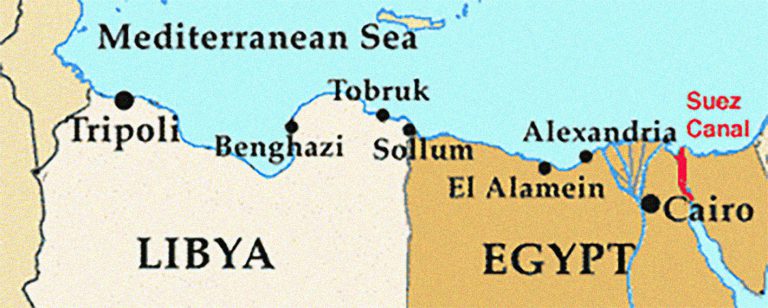
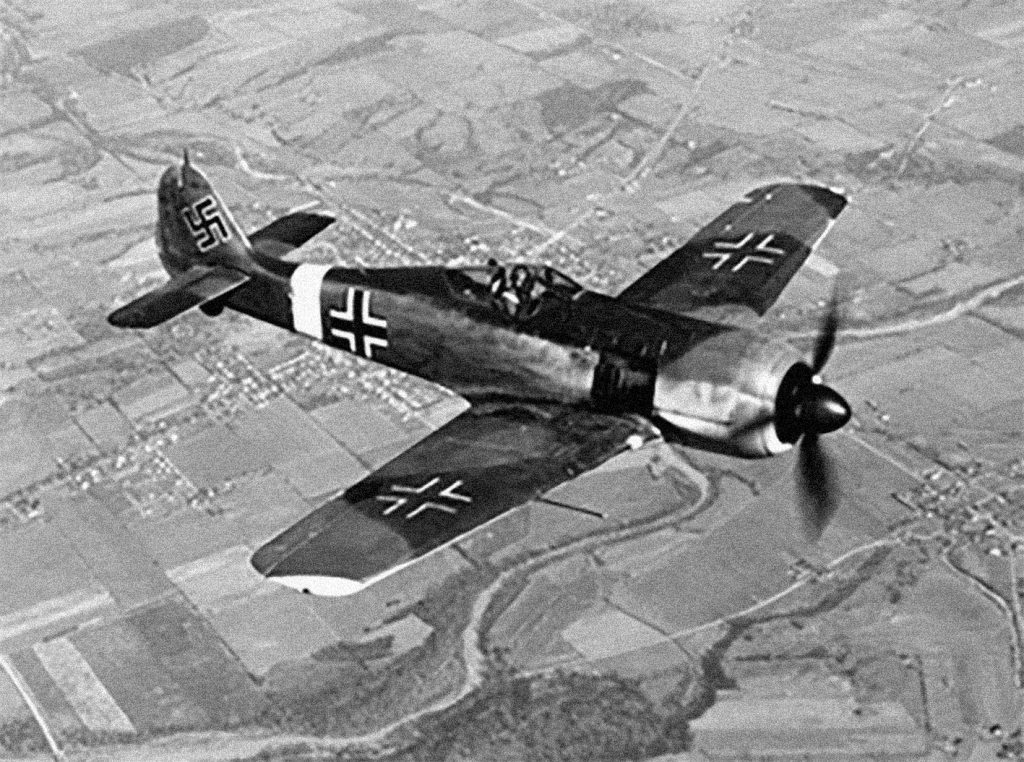
The veterans were enthusiastic on viewing the sea port, Tobruk. The happiness was of short duration. The veterans were stunned on seeing a Luftwaffe plane pointing the ship and dropping bombs. Most of the bombs fell in the sea but one hit the deck of the Banora ship. The plane was shot down. The deck of the ship was full of blood and dead bodies. Several of our compatriots died, and their bodies were wrapped in white blankets and thrown into the sea. Their medals were collected for identification purposes.
Mutiny in Madagascar
After the fall of France in June 1940, many of her far-flung colonies were tethered to the new Vichy regime. Among them was Madagascar, the massive island off the south eastern coast of Africa, which remained an isolated backwater until March 1942, when Japanese forces had not only taken vital Singapore but also threatened British India by striking deep into Burma. After the Allies observed Japanese naval demonstrations off the coast of Ceylon in the Indian Ocean, it was believed that further Japanese expansion was inevitable. Suddenly, Madagascar was elevated to priority status.
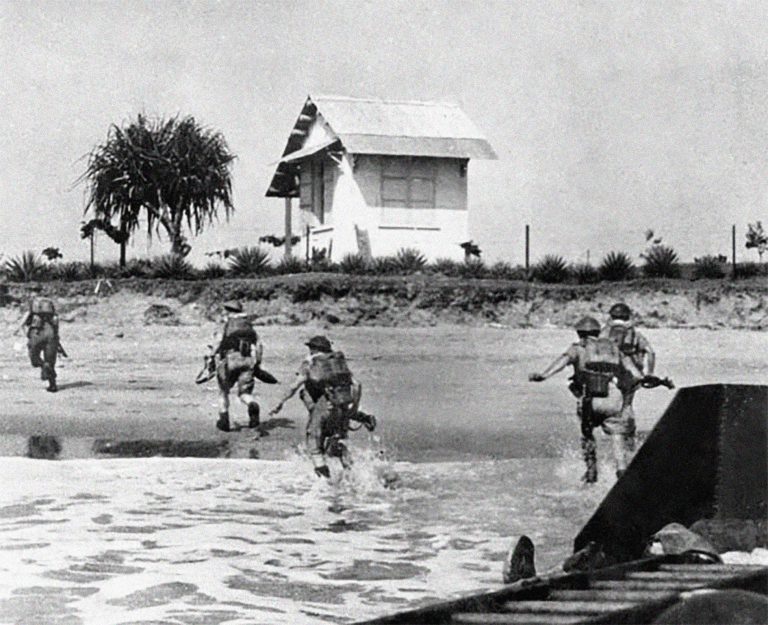
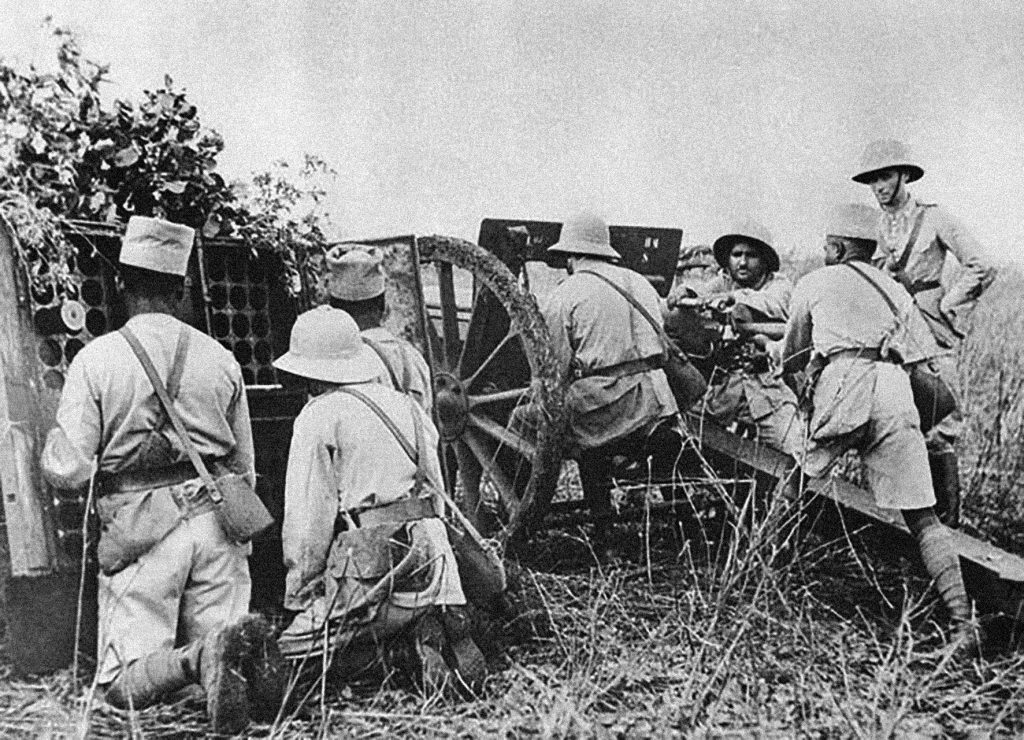
Earlier the Vichy French had permitted the Japanese to enter Indochina. If the Japanese were granted similar access to Madagascar’s deep-water harbour of Diego Suarez, it was feared that enemy submarines and aircraft would commence wreaking havoc on the British convoys that passed the tropical islands routes to the East by way of the Cape of Good Hope. Such an occurrence would strangle the lifeline for British forces in Egypt and India and all but assure victory for the Axis powers. Having all the earmarks of a potential disaster, it was decided that Diego Suarez should not fall into enemy hands.
On 17 December, 1943, the 1st Battalion of the Mauritius Regiment – a new division of the British Regiment – boarded the troopship Burma and embarked for Diego Suarez in Madagascar During the three-day crossing from Mauritius, conditions onboard ship were cramped, the food was unpleasant and many of the men were sea sick. Arriving in Madagascar, the Battalion was made to parade in full kit in the afternoon sun before beginning a route march to their camp at Orangea, about 12 miles inland. This was in spite of the provision of motorized transport. The Commanding Officer (CO), Lieutenant Colonel Yates, was in charge of this division. In the course of the march, order disintegrated, men began to fall out and the Battalion arrived at Orangea in straggling batches. At the camp, by accident or design, a grass hut was set alight. Others followed through deliberate ignition. Men left the camp against orders. The following day, hundreds of men failed to appear on parade for physical training. African soldiers of the AR were ordered to round up the mutinous Mauritians and hundreds were charged with indiscipline. Some ringleaders were sentenced to death.
The Struggle for North Africa 1940 - 43
The control of the eastern Mediterranean was considered to be of high priority for the British. A large garrison of British and Commonwealth troops was based in Egypt. They had to defend the Suez Canal and also to protect Britain’s oil supplies from the Persian Gulf.

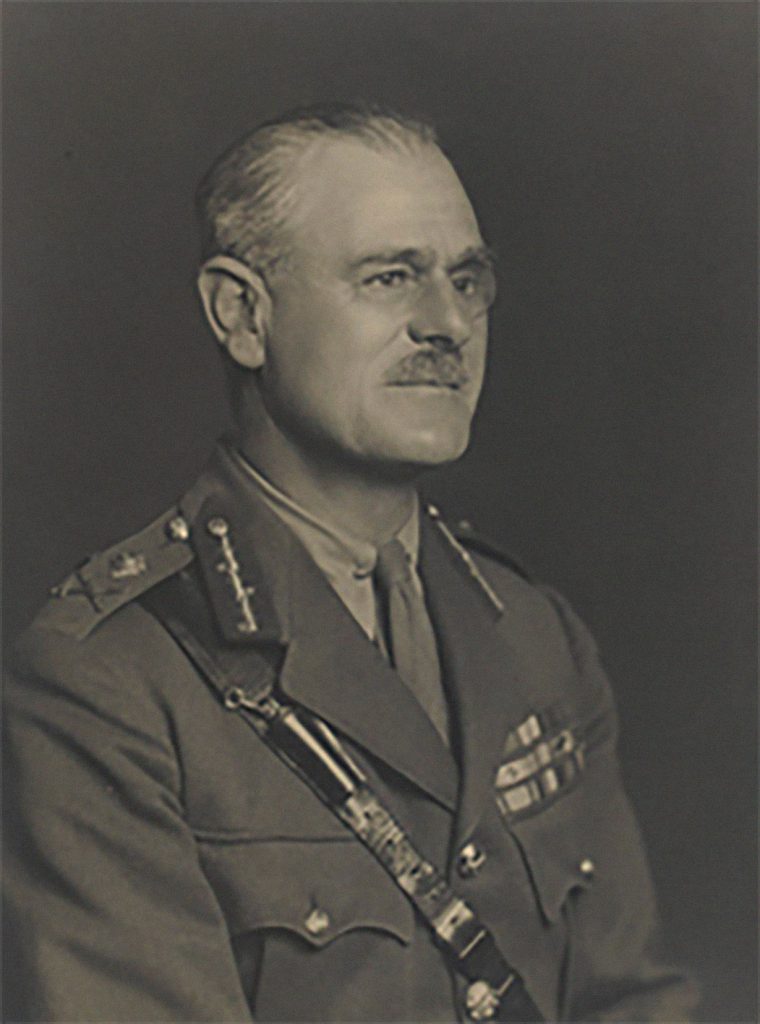
Benito Mussolini, Italy’s Fascist dictator declared war on Britain and France and on 13 September 1940 the Italians invaded Egypt from their colony Libya. After a limited advance the Italians halted and set up a series of fortified camps around Sidi Barrani. In December 1940 General Sir Archibald Wavell’s Western Desert Force of 36,000 men attacked the Italians. A mobile armoured force under Lieutenant- General Richard O’Connor outflanked the Italians at Beda Fomm and pursued them 840 km (500 miles) back to Libya. Wavell’s offensive ended at El Agheila on 7 February 1941 with the destruction of nine Italian divisions and the capture of 130,000 men.
Hitler realised that he would have to support the Italians and on 11 February 1941 Major- General Erwin Rommel’s Afrika Korps landed at Tripoli. Logistics were a key factor in the desert war. Throughout the campaign both sides found that the further they advanced, the harder it was to keep their forces supplied. Both suffered shortages of fuel at crucial moments. Rapid advances were often followed by equally rapid retreats. Rough terrain and constant sand abrasion on engines made vehicles break down. Not only did the Germans have in Rommel a daring and imaginative commander, but also for several months their tactics proved superior to those of the British. The main problem for the British was the lack of co-operation between their armour and infantry, which resulted in them fighting almost separate battles.
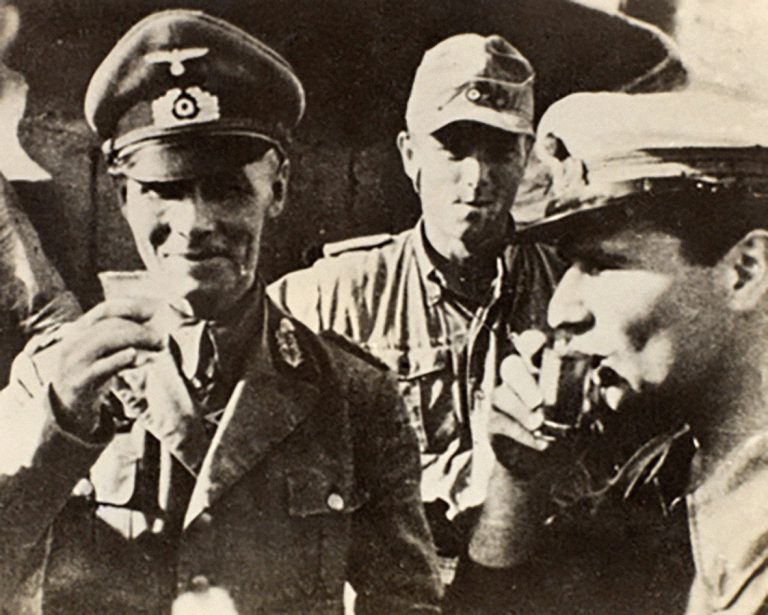
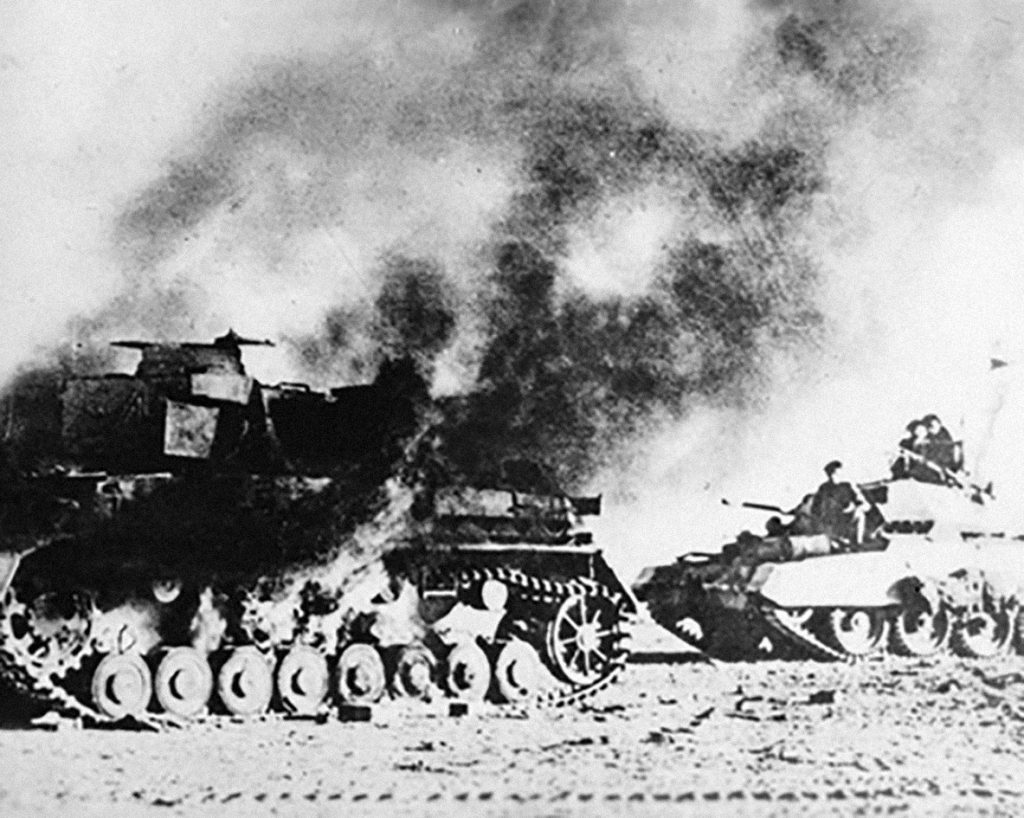
On 24 March 1941 Rommel attacked, cutting off the British 3rd Armoured Brigade. Wavell’s force had already been weakened by the transfer of troops to Greece and East Africa. By 13 April the British had been forced back to the Egyptian frontier, leaving the 9th Australian Division besieged in Tobruk. They held out, but after two attempts to relieve Tobruk failed, Wavell was replaced as Commander-in-Chief Middle East by General Sir Claude Auchinleck. On 18 November 1941 Auchinleck launched Operation Crusader, surprising Rommel. After several days of confused tank battles around Sidi Rezegh, Rommel advanced towards the Egyptian frontier, hoping to cut off the British.
The Germans had outrun their fuel supplies and their attack ground to a halt, enabling the British to drive them back. Tobruk was relieved on 7 December and Rommel was forced to fall back on El Agheila. The Western Desert Force was now re-designated the 8th Army and was placed under the command of Lieutenant-General Neil Ritchie. In January 1942 Rommel attacked again. The British were overextended and had not replaced their earlier losses. Rommel was able to advance beyond Benghazi. From early February to late May 1942 Rommel was halted by the heavily mined British defensive line, which ran from Gazala in the north to Bir Hacheim in the south.At the end of May 1942 the Germans launched a fresh offensive and, after two weeks of heavy fighting, broke through.They captured Tobruk and pushed the British back into Egypt. Lieutenant-General Bernard Montgomery took over command of the 8th Army. Montgomery exuded confidence and rapidly restored the army’s flagging morale.
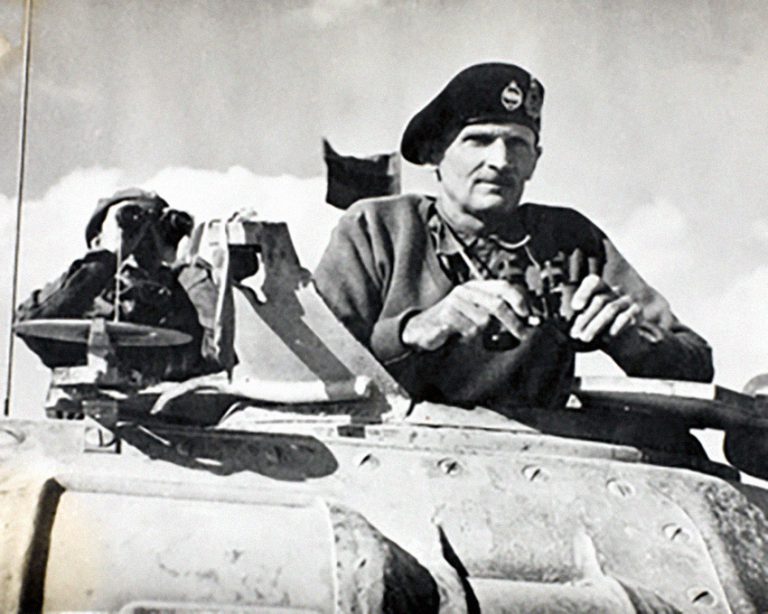

In late August 1942 Rommel made a last effort to break through but short of fuel and supplies, was repulsed at Alam Halfa. For nearly two months Montgomery continued to train and re-equip his army. On the night of 24 October 1942, under cover of a 600-gun barrage, the 8th Army attacked the Axis positions. After ten days of bitter attritional fighting, the heavily defended German line was breached. On 4 November 1942 Montgomery’s armour broke through and the pursuit of the defeated Germans and Italians began. Tobruk and Benghazi were soon retaken and by 23 November the British were back at El Agheila.
By March 1943 the 8th Army had taken Tripoli and crossed into Tunisia. Meanwhile, on 8 November 1942, the Allies had landed in French North Africa (Morocco and Algeria).
The invasion force, codenamed Operation Torch, was commanded by General Dwight Eisenhower and included the British 1st Army.
After their initial resistance, the Vichy French agreed to a ceasefire. The Allies advanced into Tunisia, but the Germans reacted quickly and succeeded in blocking the route to Tunis at Kasserine.
Eisenhower was forced to consolidate his forces and develop his lines of communication so they could support a major attack in tandem with the 8th Army. This was done despite ongoing German resistance and by 20 March 1943 the advancing 8th Army had linked up with Eisenhower. The pressure on the Axis perimeter around Tunis increased and on 7 May the Allies entered the city. Five days later 250,000 German and Italian troops surrendered. The battle for North Africa was over.
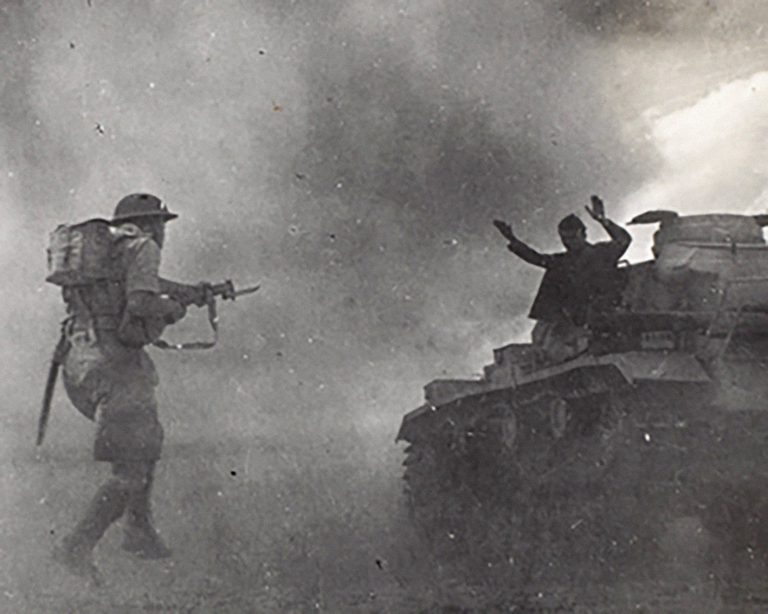
Mauritians’ involvement in North Africa campaign during WWII and the Eighth Army
Mauritians’ involvement in North Africa campaign during WWII and the Eighth Army.
The Mauritian soldiers were recruited to serve as tradesmen in several fields. They were part of the team, which were providing the forefront soldiers with necessary logistics and supplies.
During the war campaigns, most Mauritians were posted to Egypt and Libya while some also moved to Jordan and Palestine. Others were also posted in French occupied North Africa like Morocco and Tunisia. They were enrolled in different companies such as 2037, 2039, 2044, 2057 and 2061.
The Mauritians were trained for around 3 months in camps found in different regions in Egypt – Quassassin, Cabrit and Tel-el-Kebir. After successful completion of their training, the soldiers were posted in different regions – Fanara, Abu Sultan and Moascar in Egypt. Others were posted in Palestine, in particular at Beit Nabala, Nuseirat and Nesher. Several Mauritian companies participated in the Italian campaign as from 1943. Hundreds of those Mauritians worked in Taranto, Gessi and Florence.
More and more Mauritians including Rodriguans were recruited during the war to serve in the different Army Corps of the British Army, alongside Canadians, New Zealanders, Africans, Australians and Indians. They formed the Eighth Army.
The 8th Army was a field army formation with diverse military units coming from different parts of the British Empire and with infantry divisions from the dominions of South Africa, India, Australia and New Zealand. The original core of the 8th Army, however, was the Western Desert Force, which consisted of the 7th Armoured Division and the 4th Indian Division. The Army was called upon to wage a lengthy and fierce series of campaigns against the Axis forces across the deserts of North Africa until the capitulation of the Axis forces on 13 May 1943. By the time the army was fighting the second Battle of El Alamein, it had reached a size of over 220,000 men in 10 divisions including thousands of Mauritians, serving under the British flag.
The contribution of the Eighth Army in the victory of the Allies in the battles fought in North Africa, Italy and other war theatres cannot be contested. Operation Crusader, the 2nd Battle of El- Alamein, the invasion of Sicily known as Operation Husky, the invasion of mainland of Italy through Operation Baytown, Slapstick and the battle of Monte Cassino bear testimony of the role the Eighth army played during WWII.